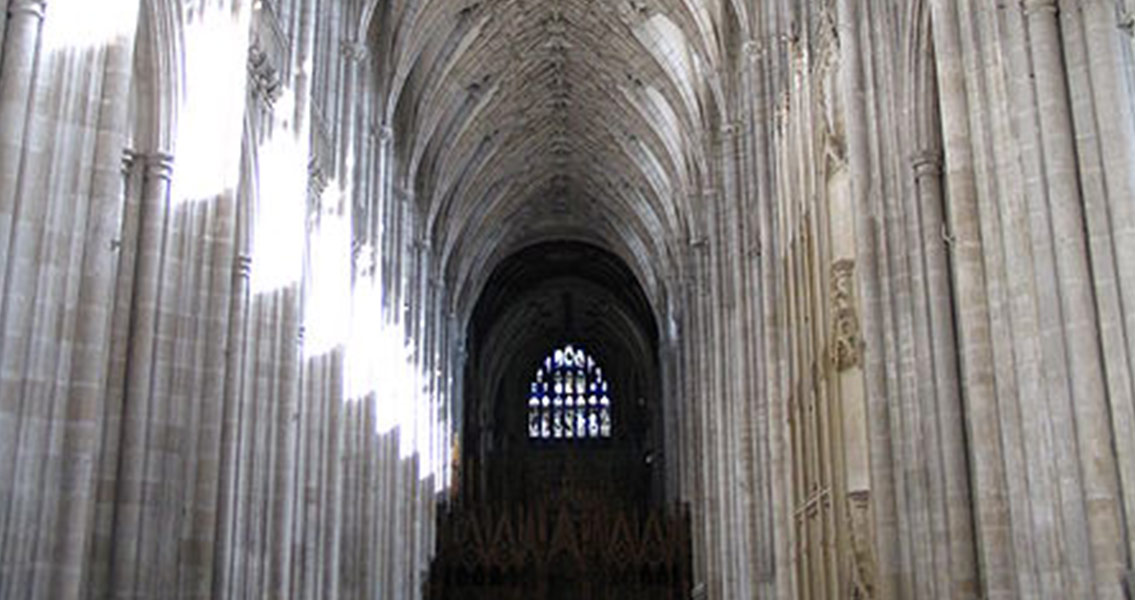<![CDATA[By using radiocarbon dating on the metal found in Gothic cathedrals, a team made up of specialists in various disciplines has found that iron was used to strengthen stone during the construction process. Their study sheds a whole new light on the mechanical skill and intents of cathedral builders. The study was the result of a collaboration between the Laboratoire archéomatériaux et prévision de l'altération (CNRS/CEA), the Laboratoire de mesure du carbone 14 (CNRS/CEA/IRD/IRSN/French ministry of Culture and Communication) and "Histoire des pouvoirs, savoirs et sociétés" of Université Paris 8, according to Science Daily. The team of researchers had to collaborate and use their various skills in archaeology, history, chemistry and material science to determine exactly when iron and steel were incorporated into the construction process. Gothic architecture thrived in the middle of the twelfth century near Paris, and included substantial amounts of steel2 or iron reinforcements, as shown by archaeological and historical investigation. However, it is often said that cathedrals are living buildings, because over the centuries they have undergone renovation projects for the purposes of modification, conservation, and reparation. This means it can be difficult to determine whether certain elements were a part of the original construction process, or later additions. Previously, even if these metals had been found to be a part of the initial design, the date of their original assimilation would have remained open to debate. Scientists were often unsure if the iron was added later, or if it had been blended into the original construction materials. By combining their diverse abilities, the teams of scientists have proven that the mixed metal reinforcements were indeed a part of the initial design phase. The researchers accomplished this by measuring the amount of trace quantities of 14C in the metal. Up until the Middle Ages in Europe, iron ore was smelt in furnaces using charcoal, some of whose carbon was released and entrapped in the metal in the form of carbide flakes. This carbon can now be extracted from the metal, and the tree that provided the charcoal can be dated, thus making it possible to estimate the age of the metal, according to Science Daily. The method above seems reasonably simple, however, it had never been reliable enough to provide any sort of absolute dating. That's where Laboratoire de mesure de carbone 14 came in, as well as Laboratoire archéomatériaux et prévision de l'altération, who in collaboration with archeologist and historian colleagues at the CNRS, confirmed the sequence of the construction process by cross-referencing radiocarbon dating with archeological evidence. Under these circumstances, it has been proven in absolute terms (with a few years as a margin of error), that the integration of metal elements occurred in the initial design and construction phase of cathedrals in Bourges and Beauvais. This new method of dating will help researchers understand a little better how medieval architecture worked. The team will soon apply it to samples from the Sainte-Chapelle, as well as using it to date temples and the iron trade in the Khmer Empire. Photo Credit: wikimedia commons user: Vammpi]]>
Researchers Discover Gothic Cathedrals Blended Iron and Stone
